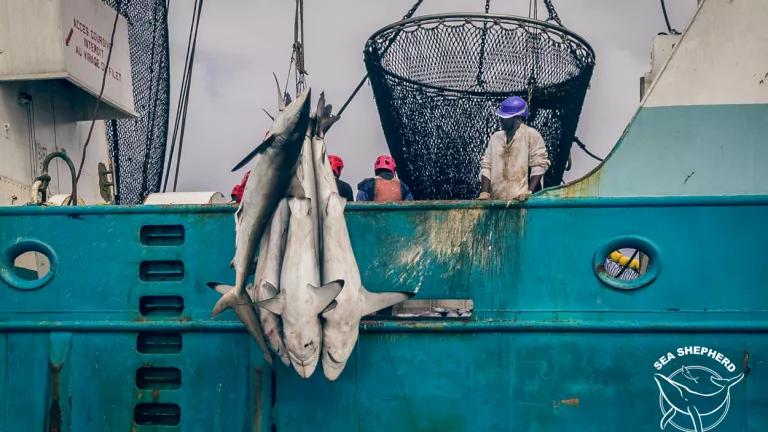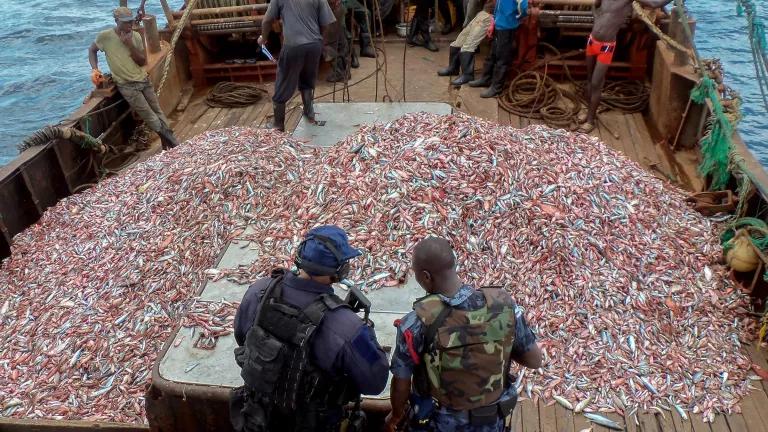Pinto Abalone Is Just One of a Million Doomed Species
A new report from the Endangered Species Coalition (ESC) highlights 10 wildlife species threatened with extinction because of global trade, but it might as well be 10,000. According to global experts, more than a million species could disappear forever if we don't repair our broken relationship with nature.
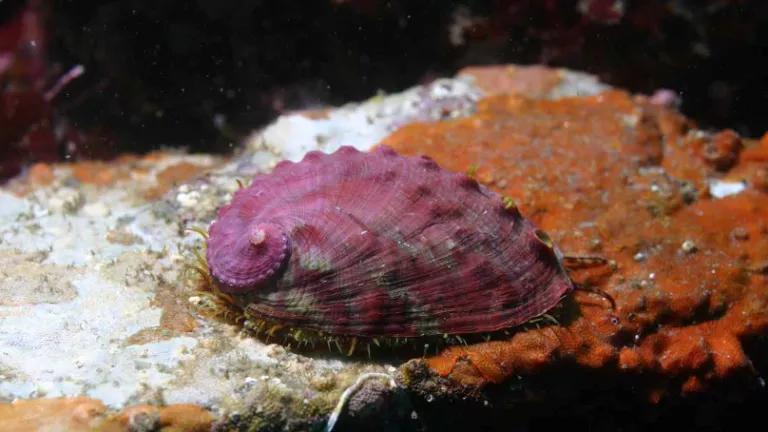
A new report from the Endangered Species Coalition (ESC) highlights ten species threatened by wildlife trade, but they each having the dubious honor of representing at least 100,000 other species doomed to extinction if we remain on our current trajectory. One of these ten unlucky species is the pinto abalone, which once ranged from Baja Mexico to Southeast Alaska but has now declined to the point where scientists believe its few remaining populations may be too small and far apart to survive.
The report, “Trafficked: 10 Species Threatened by the Wildlife Trade,” comes more than a year after the Intergovernmental Science-policy Platform on Biodiversity and Ecosystem Services (IPBES) issued a dire warning that about 1 million species face extinction within the next few decades absent transformative change across economic, social, political, and technological factors. The precarious situation of the pinto abalone represents the warnings in the IPBES assessment coming to fruition.
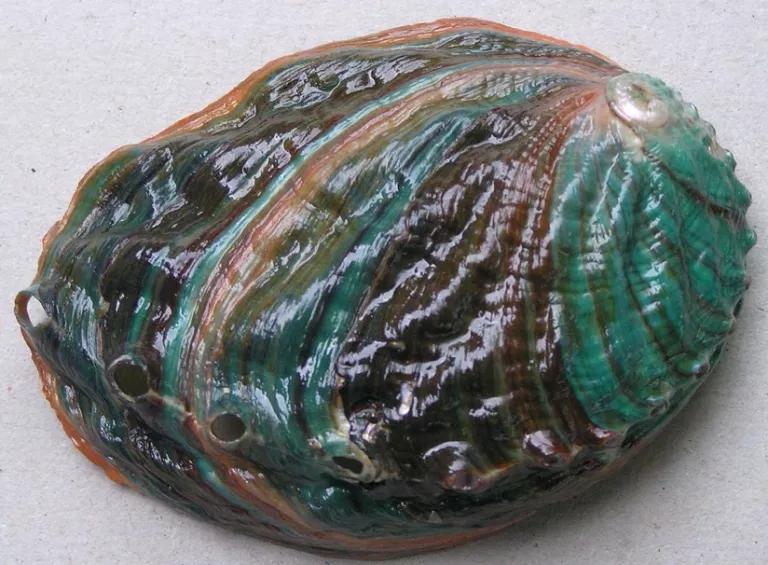
Abalone is a delicacy in Asian and other markets, and harvest and trade in the species continues despite the threat it poses to its survival. Though protected under Canadian and Washington state law, the species is not listed under the U.S. Endangered Species Act (despite an NRDC petition requesting an “endangered” listing) and is not protected from commercial trade by international law, largely thanks to vested interests that value commercial gain at the expense of the planet.
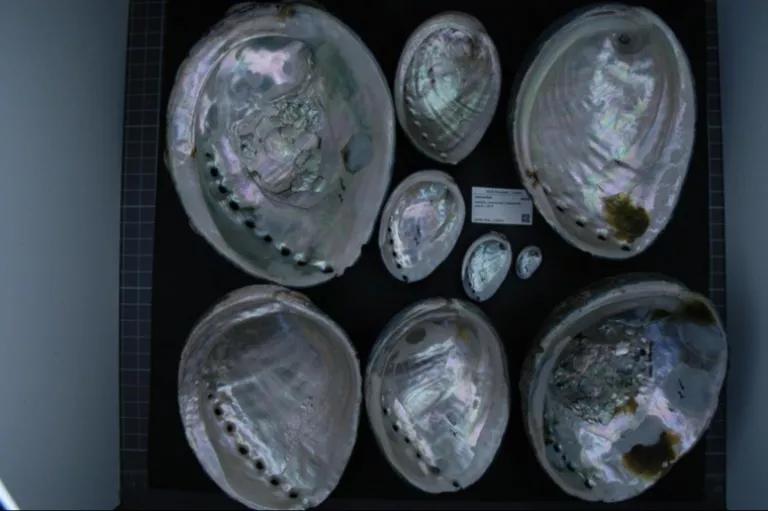
The ESC’s report is relevant now more than ever for two reasons: direct exploitation—meaning the harvest, use and trade in wild species—is the second leading driver of species extinction after habitat loss (and the first leading driver for marine species), and itis also a key driver of zoonotic disease transfer from animals to humans, according to IPBES.
COVID-19, along with SARS, AIDS, Ebola, MERS, and most every other memorable pathogen originated in wild animals and then jumped to humans directly or through a domesticated animal species. About 60 percent of emerging infectious diseases originate in animals, and over 70 percent of those come from wild animals. Scientists have warned that future pandemics could occur with more frequency and severity than ever if human interaction with wildlife through legal and illegal trade is not curbed.
NRDC has made recommendations to the U.S. government and international bodies to address the biodiversity crisis and help reduce the risk of future zoonotic diseases, but to truly save ourselves and achieve something akin to balance with the natural world, a broader shift is necessary.
Traditional notions of economic development and the “sustainable” exploitation of wildlife species, born of the last century, must give way to a modern, equity-based paradigm that recognizes the fundamental right of nature, of which the pinto abalone is just one tiny part, to survive and thrive for its own sake as well as our own.

